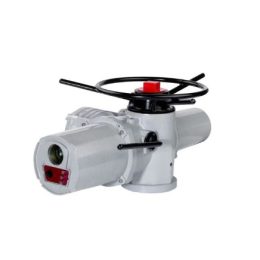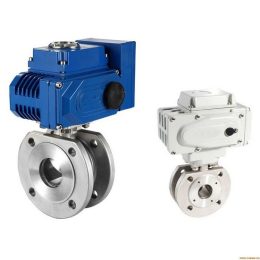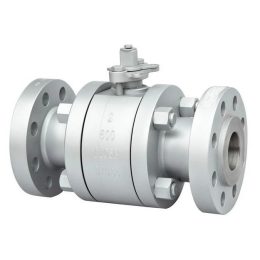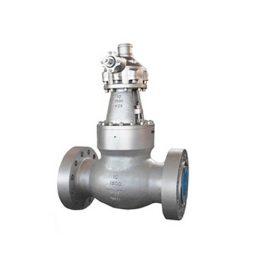Six matters needing attention when choosing a regulating valve
Introduction
Choosing the right regulating valve for your process can be a daunting task. There are many factors to consider, and it’s essential to get it right to ensure efficient and reliable operation. In this blog post, we will discuss six matters that you need to pay attention to when choosing a regulating valve.
Adjustment Function
The adjustment function is the primary function of a regulating valve. When selecting a regulating valve, you need to consider the following factors:
- The valve should move smoothly.
- It should have good regulation performance when partially open.
- The flow characteristics should match the process requirements.
- The adjustable ratio should be satisfied.
- The resistance should be minimal, and the flow ratio should be large.
- It should be able to adjust the speed.
Leakage and Cut-off Pressure Difference
Leakage and cut-off pressure difference are two critical factors in selecting a regulating valve. The amount of leakage should meet the process requirements while ensuring the reliability of the sealing surface. The cut-off pressure difference is the pressure difference when the valve is closed, and the selected valve needs to have enough output force to overcome it. A valve with insufficient output force will result in the selection of large or small actuators.
Anti-blocking
Even if the medium is clean, there is always a possibility of clogging, which can cause valve failure. The anti-blocking performance of the regulating valve should be considered. The anti-blocking performance of the quarter-turn control valve is much better than the straight-stroke control valve. Therefore, the use of the quarter-turn control valve will be more prevalent in the future.
Corrosion Resistance
The corrosion resistance of the regulating valve is crucial in ensuring the longevity of the valve. It includes resistance to erosion, cavitation, and corrosion, which mainly involves the selection of materials. The chosen valve should have good corrosion resistance and a reasonable price. A full PTFE valve should be chosen over a full corrosion-resistant alloy regulating valve, and an angle-shaped high-pressure regulating valve with better anti-cavitation effect and a simple structure should be chosen over other expensive high-pressure regulating valves.
Pressure and Temperature Resistance
The pressure and temperature resistance of the regulating valve are crucial factors to consider when selecting a valve. The pressure difference can cause cavitation, and the temperature can affect the valve’s performance. The nominal pressure and working temperature of the regulating valve should be considered. Soft sealing materials should not be used for cut-off valves when the temperature is above 80℃, and hard sealing cut-off should be considered.
Weight and Appearance
The weight and appearance of the regulating valve are often overlooked. The valve’s appearance should be good, and it should be lightweight and easy to install. The valve should have the characteristics of miniaturization, lightness, and instrumentation.
Conclusion
Choosing the right regulating valve is essential for efficient and reliable operation. When selecting a regulating valve, you should consider the adjustment function, leakage and cut-off pressure difference, anti-blocking performance, corrosion resistance, pressure and temperature resistance, and weight and appearance. By considering these factors, you can ensure that you choose the right regulating valve for your process.
- Introduction To The Protection Of Valve Corrosion
- Insider Guide: Metal-Seated Trunnioned Ball Valves
- Forged Check Valve
- Five Reasons to Choose a Fully Welded Ball Valve Over a Standard Ball Valve
- Ball Valve Pressure Limitation And Troubleshooting Methods
- “Understanding Floating Ball Valves: Essential Components for Reliable Fluid Control in Hydraulic Systems”



